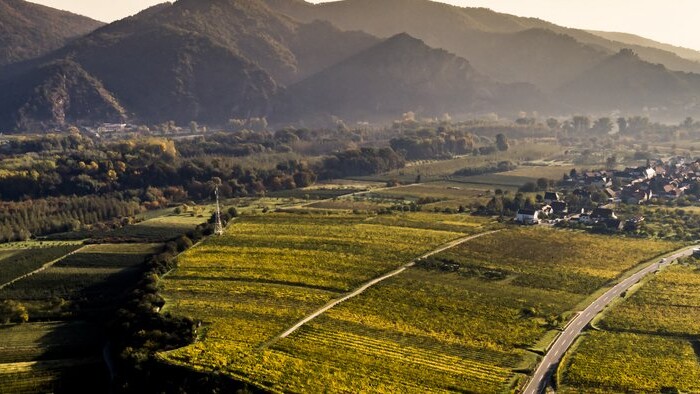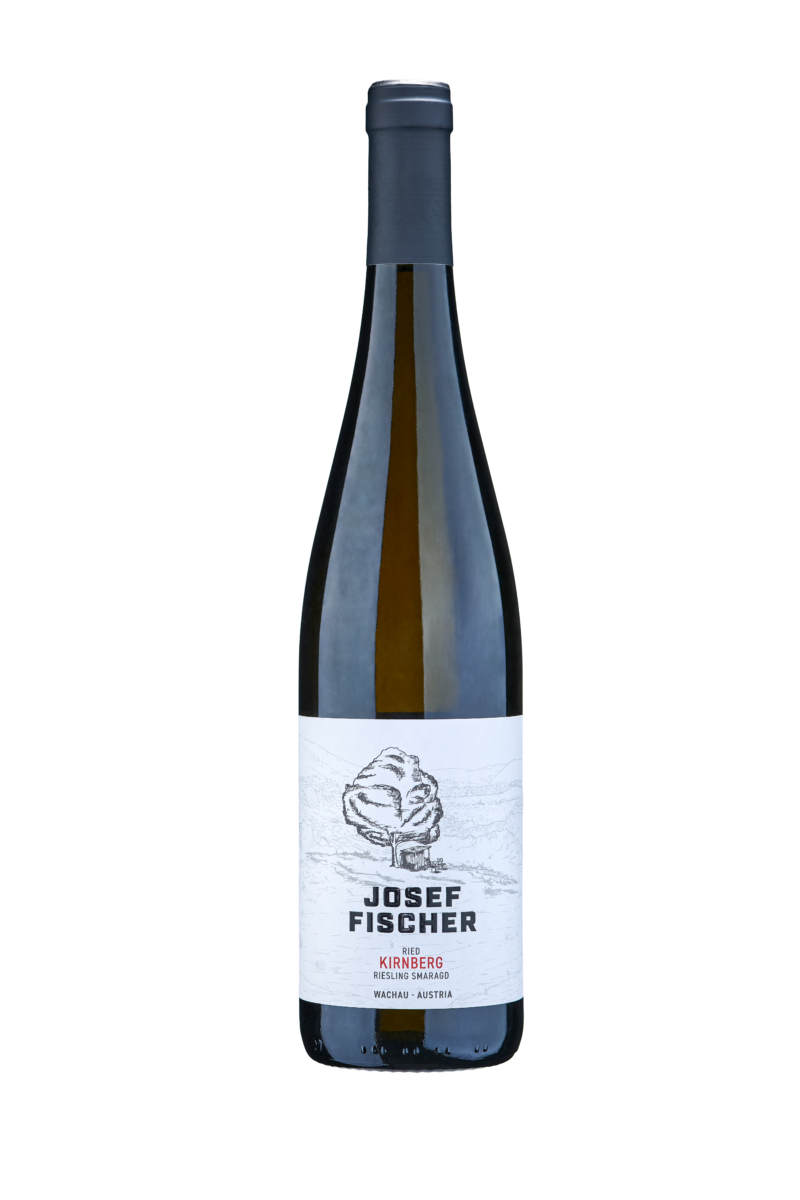The latter achieves its probably most splendid expression on the south bank of this location. The name was already mentioned in 1451 as "Churnperig", and together with the term "Korn", it refers to an old mill.
Town: Rossatz
Size in ha: 12,74
Altitude in m: 203 - 224
Max. Slope in %: 60
Terraced vineyard: No
Distance to Danube in m: 313
Labour required in h: 4.500


The Soil
The Kirnberg vineyard, reminiscent of a table mountain, is composed of paragneiss at the base. Towards the east, it is increasingly covered with terrace rubble from the Mindel glaciation. The profile was taken on the western Kirnberg, where there are outcrops of paragneiss. Paragneisses are metamorphic rocks originating from sediments (Variscan Orogeny). On the Kirnberg, the rock has the character of a mica schist with lots of dark mica and magnesium- and iron-rich biotite. The topsoil is mixed with loess. The dissolved carbonate was leached out and partly precipitated again in the light-coloured areas between the mica schist layers.



